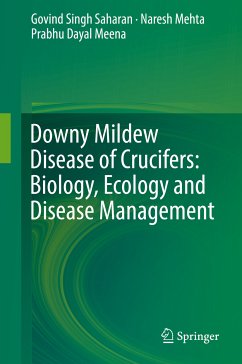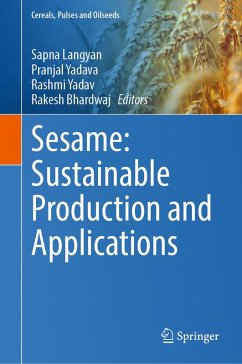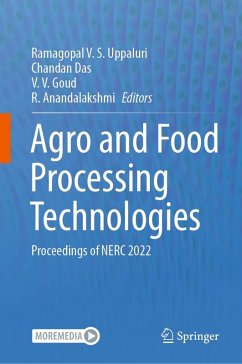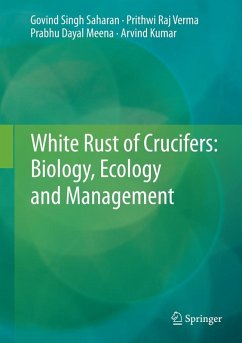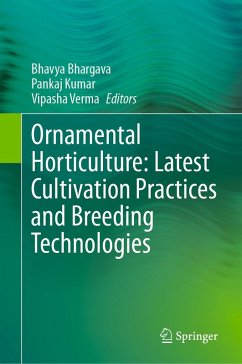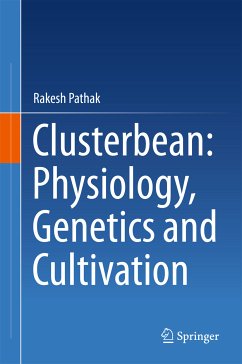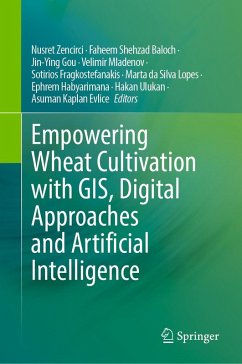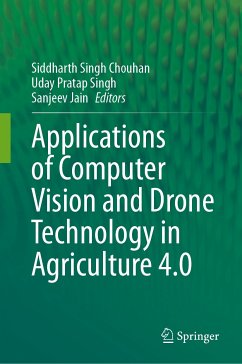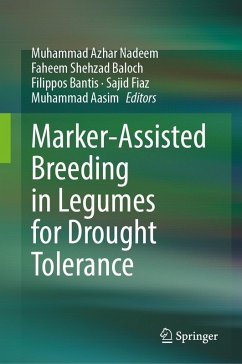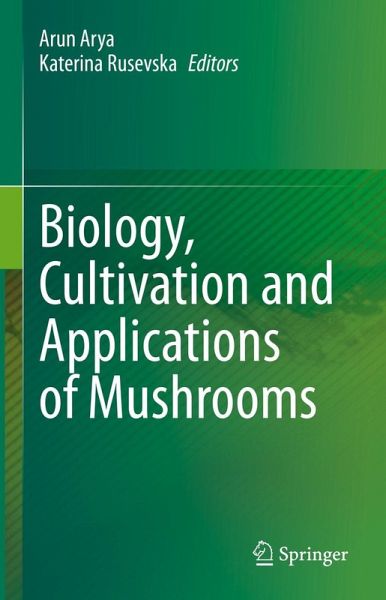
Biology, Cultivation and Applications of Mushrooms (eBook, PDF)
Versandkostenfrei!
Sofort per Download lieferbar
160,95 €
inkl. MwSt.
Weitere Ausgaben:

PAYBACK Punkte
80 °P sammeln!
The edited book consolidates information for profitable commercial cultivation of medicinal mushrooms. The book suggests a large number of substrates to the growers for use in commercial cultivation of Mushrooms. It also elucidates the conservation of wild endangered medicinal mushrooms. Mushrooms are the fungal fruiting bodies which can be seen by naked eyes and collected by hands. These are extremely heterogeneous organisms characterized by high levels of species diversity and are widespread in all environments. Researches conducted by score of mycologists and biotechnologists, have resulted...
The edited book consolidates information for profitable commercial cultivation of medicinal mushrooms. The book suggests a large number of substrates to the growers for use in commercial cultivation of Mushrooms. It also elucidates the conservation of wild endangered medicinal mushrooms. Mushrooms are the fungal fruiting bodies which can be seen by naked eyes and collected by hands. These are extremely heterogeneous organisms characterized by high levels of species diversity and are widespread in all environments. Researches conducted by score of mycologists and biotechnologists, have resulted in the continuous discovery of new species and the variability of environments where fungi can be harvested, including air, space the seabed. The fields of applications are unfolding a panorama of uses in varied fields, ranging from agriculture, bioremediation, forestry, food, cosmetics, medical, and in pharmaceutical sectors. The book comprises of three parts, first mentions their applications in Ayurvedic and traditional system of Chinese medicine for the cure of ailments. The truffles are delicious, while many others are recommended, as cure in deadly diseases like cancer, COVID-19, and HIV, as well as memory and longevity enhancer. Lentinus, Ganoderma, and Cordyceps are considered good as antioxidant and cure for inflammation. Second part deals with their occurrence in different habitats and seasons and their biology. Enzymes and mechanisms involved in biodegradation and anatomical details of rotting wood. The third part brings about the need of mushroom technology in improving rural economy. This book is a useful read for researchers and students in agriculture, agronomy and researchers working on mushrooms. ¿
Dieser Download kann aus rechtlichen Gründen nur mit Rechnungsadresse in A, B, BG, CY, CZ, D, DK, EW, E, FIN, F, GR, HR, H, IRL, I, LT, L, LR, M, NL, PL, P, R, S, SLO, SK ausgeliefert werden.



